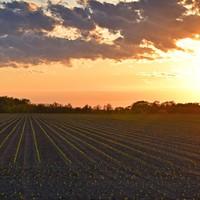Continued Spread Of Bird Flu Affects Dairy Workers
Image Source: Justin Sullivan / Getty Images
The H5N1 virus, or bird flu, has been spreading among both poultry and dairy cattle, making its way into raw milks and cheeses (see last month's issue for details). The virus has since evolved and spread to hundreds of animal species, proving fatal for two humans so far, who were exposed to diseased poultry in their backyards. Now, in the absence of a successful vaccine for animals or humans, agriculture workers in the dairy sector may be at risk of contracting bird flu. The USDA has issued a plan to combat the outbreak, but experts worry the clock is still ticking on another harmful mutation of the virus.
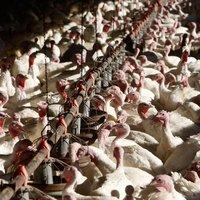
Herbicide Atrazine Could Be Re-Approved, Despite Known Health Risks And Environmental Impacts
Image Source: Getty Images / Civil Eats
Atrazine is one of the most common herbicides used in American agriculture, with cornfields being the most popular application. U.S. farmers sprayed over 70 million pounds of the chemical in 2019 alone. The Environmental Protection Agency (EPA) has repeatedly found the common herbicide to be harmful to wildlife through multiple assessments dating back to 2016, yet the current administration has pushed for its re-approval. Studies have revealed the chemical's potential to further threaten endangered species as well as cause birth defects and reproductive issues in humans. This past month, the Fish and Wildlife Service (FWS) put out an evaluation dismissing these potential risks, and food safety experts question the FWS's assessment.
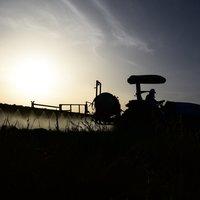
Federal Cuts Dampen Support For U.S. Farmers As Crops Flood
Image Source: Ray McCormick / Civil Eats
Farmers are accustomed to flooding that over-hydrates fields and lowers crop yields. Climate-related challenges are often resolved through crop insurance payments, paid for by taxpayers and farmer premiums. Accessing these funds as a farmer is a different story. According to an Environmental Working Group study, the USDA doled out $11 billion from 2017 to 2024 to the Mississippi River Critical Conservation Area for crop yield losses due to flooding and heavy precipitation. Yet the agency only spent $745 million on climate resilient measures. Due to USDA staffing cuts, farmers are struggling to access funds from the federal budget reconciliation bill passed this July, which guaranteed $56 billion in conservation spending over a 10-year span. The crop insurance payments along have not gone far enough to cover farmer losses.
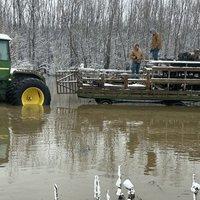
More Agriculture News
University Of Georgia Researchers Innovate With Solar, Robotics And Vertical Farming
Mass Deportations Lead To Economic Setbacks In Agriculture
Image Source: CivilEats
In the first half of 2025, 1.2 million foreign workers left the U.S workforce. U.S. Bureau Of Labor statistics data shows agricultural employment fell 6.5% overall from March to July. With increased ICE raids over the past six months, the food and agriculture industries have taken a significant hit in employment. According to Economic Insights and Researching Consulting, increasing deportations are set to cause economic damage across the agriculture, hospitality, and construction sectors. EIRC researcher Robert Lynch says, “There are early warning signs in the data that economic harm in the form of employment losses and higher prices is happening.”
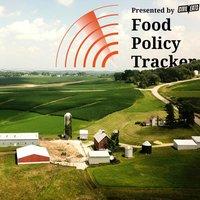
Labor Shortages In Rural America Impact Agriculture Industry
Image Source: Lindsey Pound / The Packer
Growing labor shortages may slow US agricultural output and curtail growth in the US economy. “Barring an unforeseen change in labor force participation rates or immigration policies, the pool of available workers is set to shrink sharply in the next few years,” says Rob Fox, director of CoBank’s Knowledge Exchange. CoBank, the primary credit bank of the US Farm Credit System, released a quarterly report highlighting the struggles. “There is no single reason people are stepping away,” Fox explains. “It’s a combination of rising caregiving responsibilities, job skill mismatches, mental health challenges and higher disability rates. These are complex issues that won’t be resolved overnight.”
